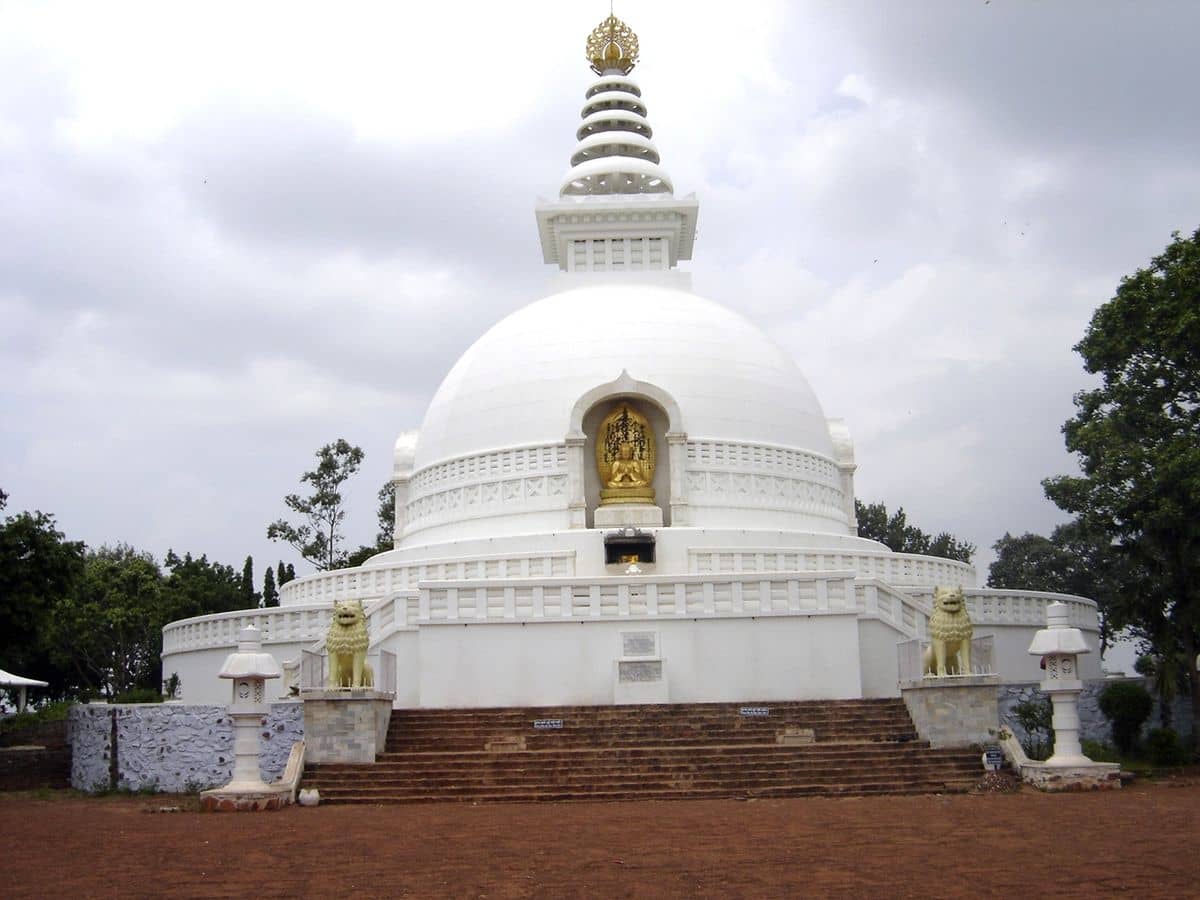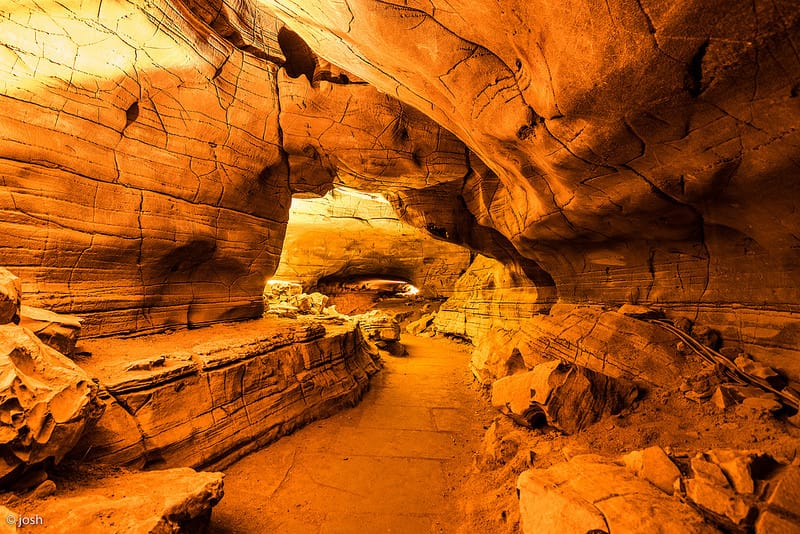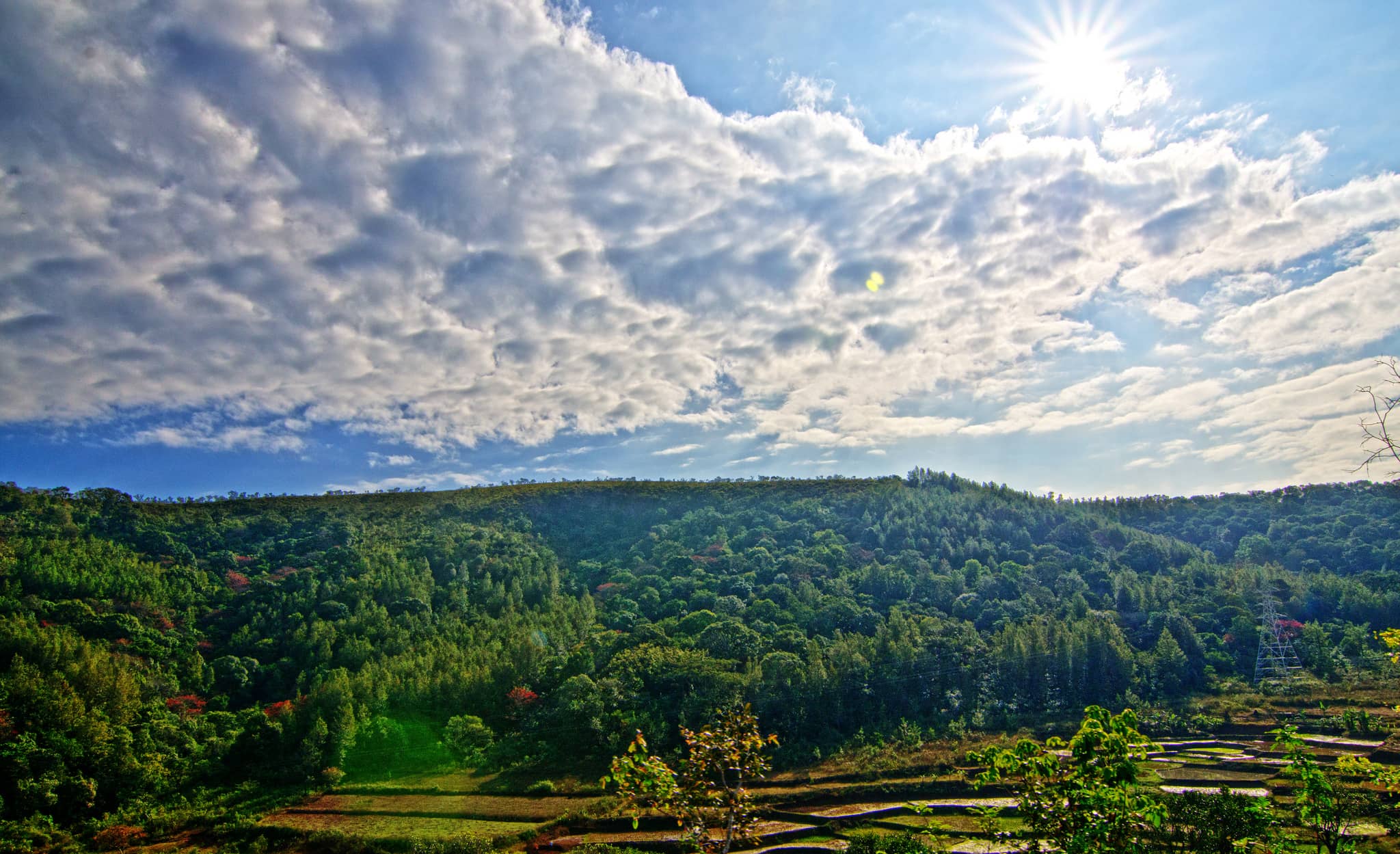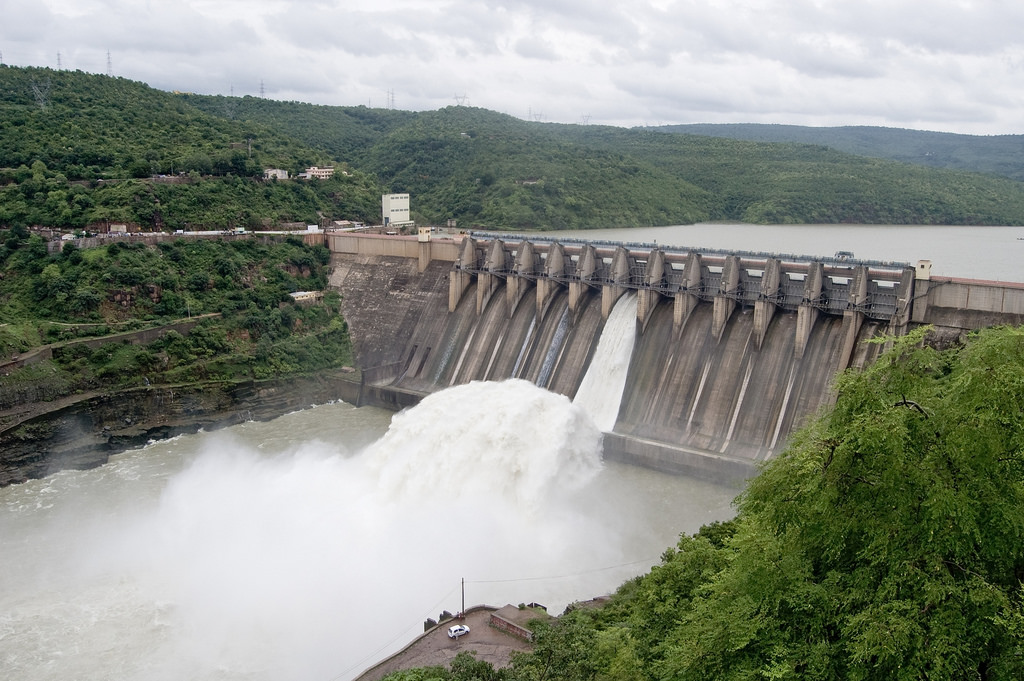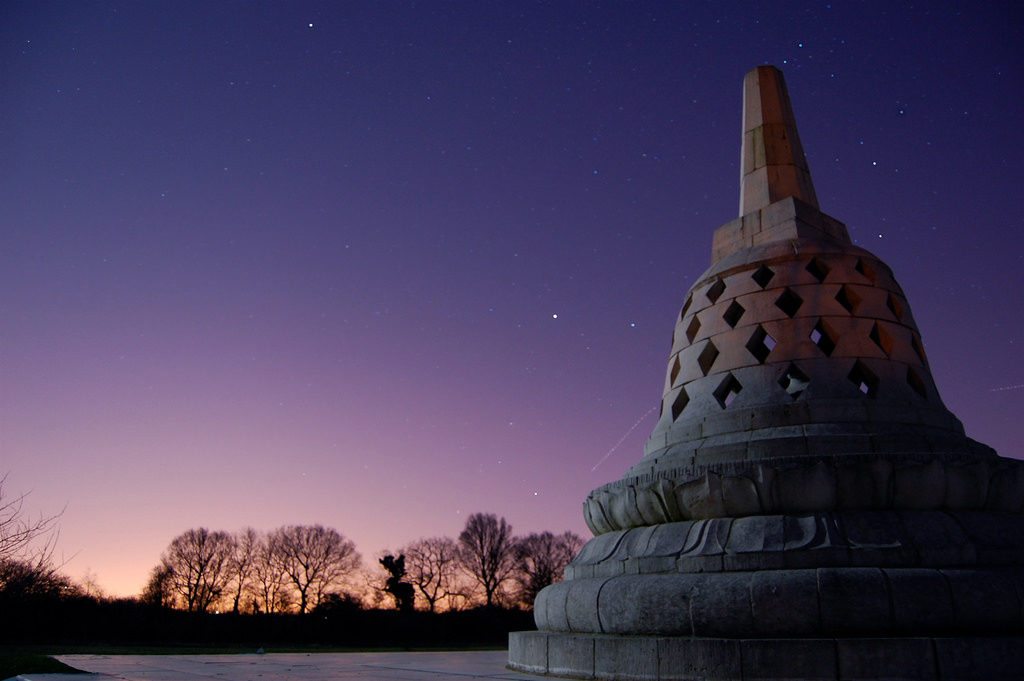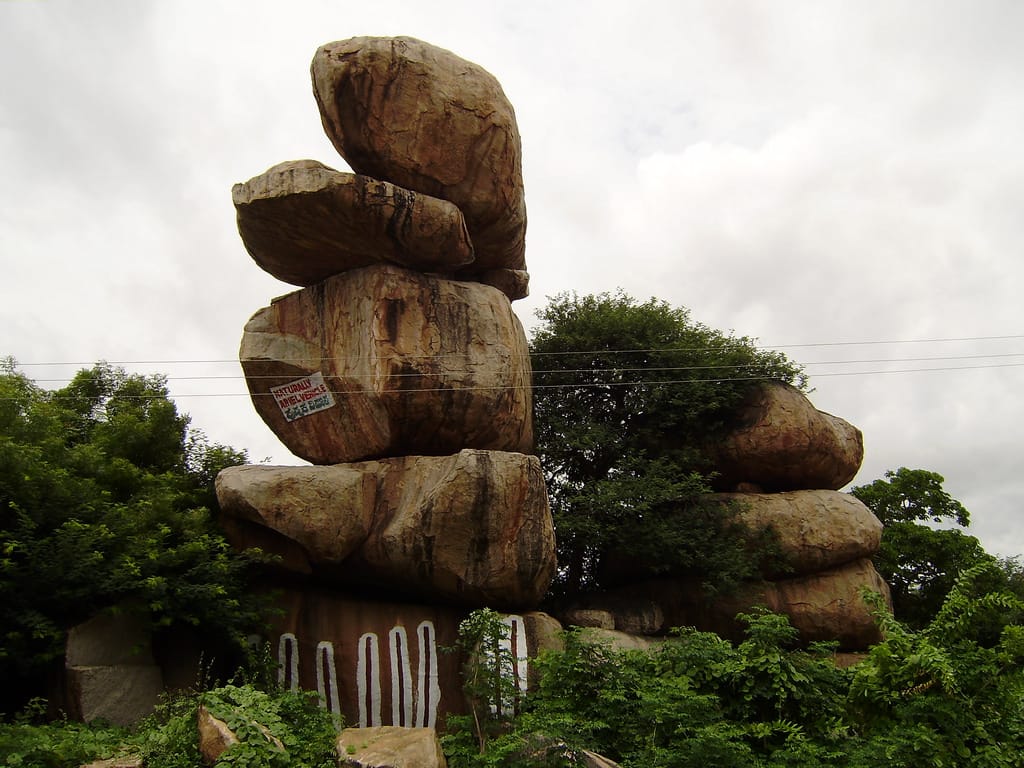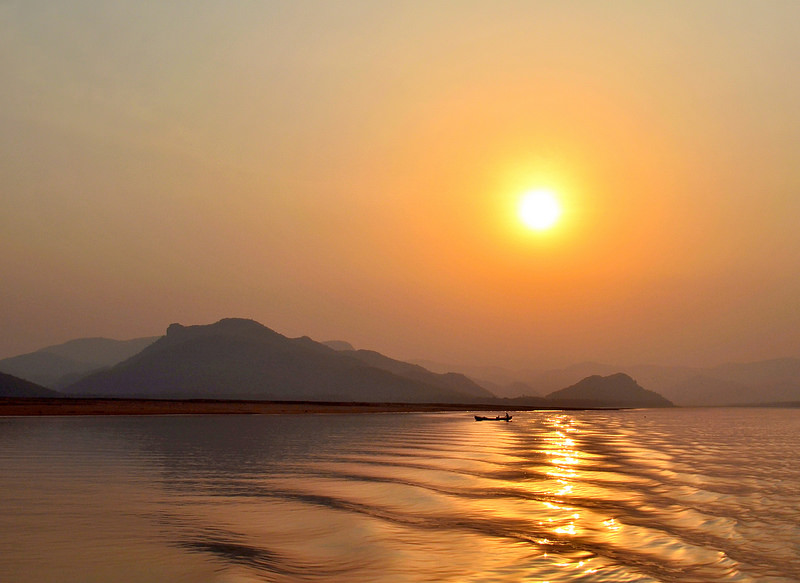Rajgir, located in Bihar and surrounded by rocky hills, is an ancient city rich in spiritual and historical significance. It was once the capital of the Magadha Empire and holds deep connections to both Buddhism and Jainism. The remains of the Cyclopean Wall still stand as evidence of its fortified past. Venu Vana, a tranquil park, once served as a monastery for Lord Buddha.
The Japanese Temple houses a massive Buddha statue, while nearby hot springs are believed to have healing powers. The Veerayatan Jain Museum showcases beautifully crafted dioramas of Jain Tirthankaras. Sacred spots like the Saptaparni Cave, where Buddha is believed to have meditated, and the mysterious Son Bhandar Caves, linked with hidden treasure legends, add to its charm. Bimbisar Jail, a site of royal betrayal, and the Vishwa Shanti Stupa, accessed by a ropeway and perched on a hilltop, offer panoramic views and spiritual peace.
places to visit in Rajgir
Ajatshatru Fort
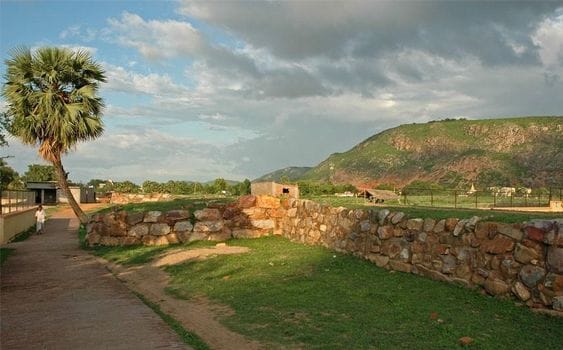
Built in the 6th century by King Ajatshatru of Magadha, this ancient fort stands as a reminder of Rajgir’s royal past.
It was constructed during the lifetime of Gautama Buddha.
The massive stone walls once guarded the ancient city.
Though in ruins, it still draws history enthusiasts and pilgrims.
Vishwa Shanti Stupa

Also called the World Peace Pagoda, it’s a gleaming white stupa built on Ratnagiri hill.
It features four golden Buddha statues symbolizing major events in his life.
The stupa is accessible via a ropeway offering panoramic views.
It’s a serene spot that draws Buddhist pilgrims and tourists alike.
Bimbisara Jail
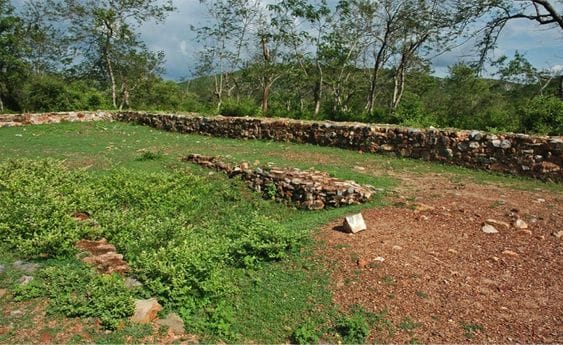
This is the prison where King Bimbisara was held by his own son Ajatshatru.
He chose this spot to view Lord Buddha on Griddhakuta Hill daily.
The ruins provide a touching story of devotion and betrayal.
Nearby, one can also spot the Peace Pagoda atop the hill.
Cyclopean Walls
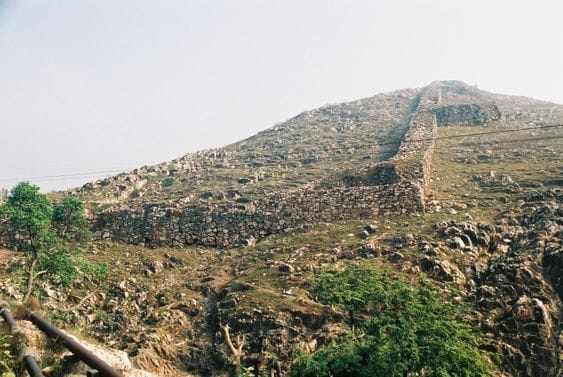
These ancient stone walls once encircled the city of Rajgir.
Spanning nearly 40 km, they date back to the Mauryan Empire.
Built without mortar, the raw stone architecture is fascinating.
Despite being in ruins, it still showcases ancient engineering brilliance.
Venu Vana
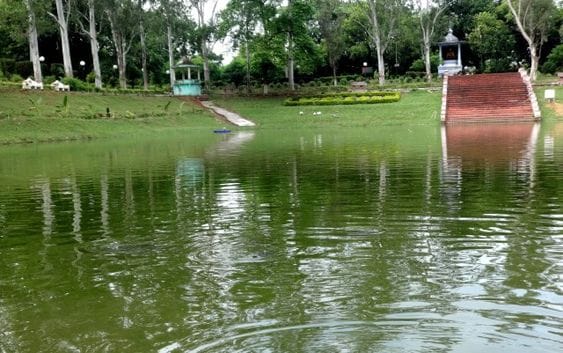
Venu Vana is a bamboo grove gifted to Buddha by King Bimbisara.
It was one of the first monasteries where Buddha meditated.
The site features a quiet pond and lush bamboo surroundings.
It remains a tranquil spiritual retreat for visitors.
Hot Springs
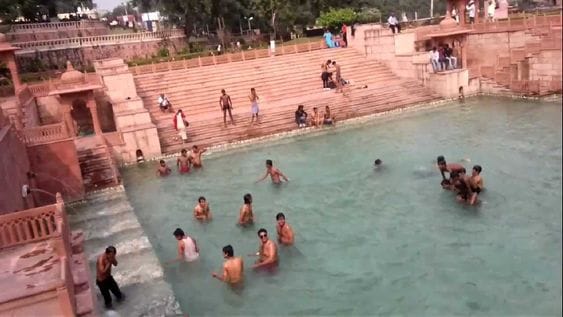
Rajgir is famous for its numerous natural hot springs.
These springs are believed to have medicinal and spiritual value.
People of Buddhist, Jain, and Hindu faiths consider them sacred.
Brahmakund is the most famous among these healing springs.
Nalanda Museum
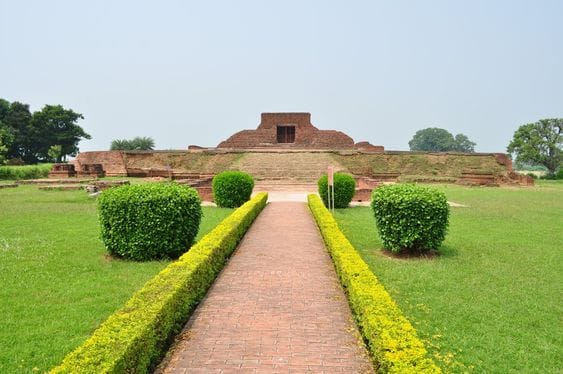
Located near the ruins of the ancient Nalanda University.
The museum houses sculptures, artifacts, and ancient manuscripts.
Its collection includes Buddhist and Hindu relics.
It offers deep insight into the intellectual glory of ancient Bihar.
Griddhakuta Hill
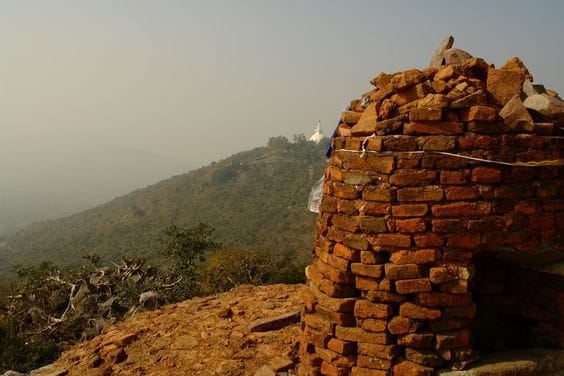
Known as Vulture’s Peak, this was a favorite preaching spot of Lord Buddha.
It offers spiritual significance and stunning views of the valley.
The site is often visited by Buddhist monks and pilgrims.
Ruins of ancient stone seats and paths still remain here.
Venu Vana Vihara
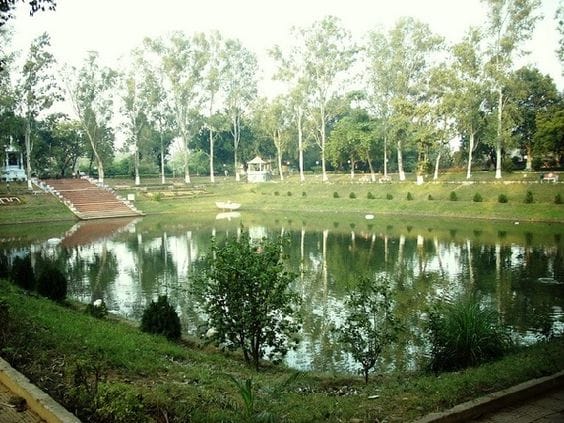
Built by Japanese monk Fuji Guruji, this modern vihara honors the original bamboo grove.
It lies west of the old Venu Vana site.
It serves as a peaceful meditation center.
The surrounding garden enhances the experience of calmness.
Maniyar Math
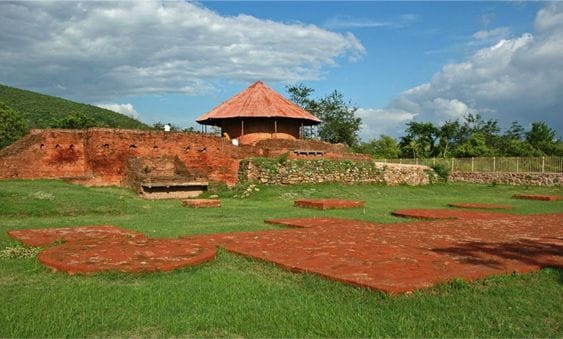
This ancient shrine is shaped like a stupa and located centrally in Rajgir.
It is linked to Jain mythology and dedicated to the serpent goddess Maninaga.
The structure is enclosed under a conical iron roof.
It reflects religious syncretism and archaeological intrigue.
Best Time to Visit Rajgir
The ideal time to visit Rajgir is during the winter months from October to March, when the weather is cool and pleasant. Summers (April to July) are extremely hot and humid, with temperatures soaring up to 45°C and humidity reaching 80%. Monsoon arrives in July and lasts until September, bringing moderate to heavy rainfall. Winter offers the most comfortable climate for sightseeing and exploring the town’s historical and spiritual landmarks.
